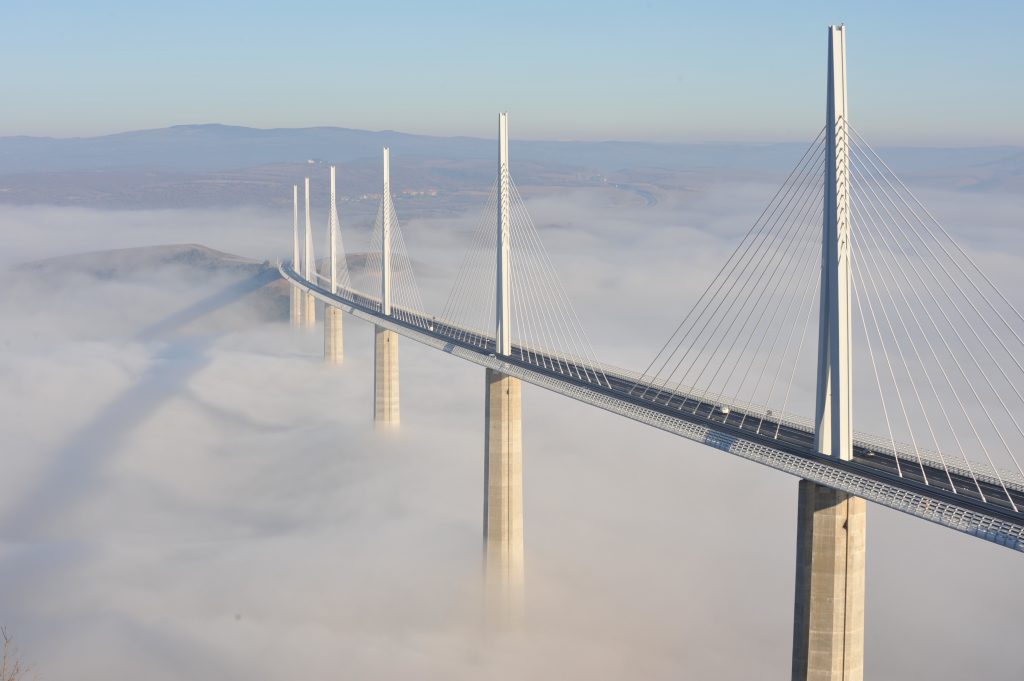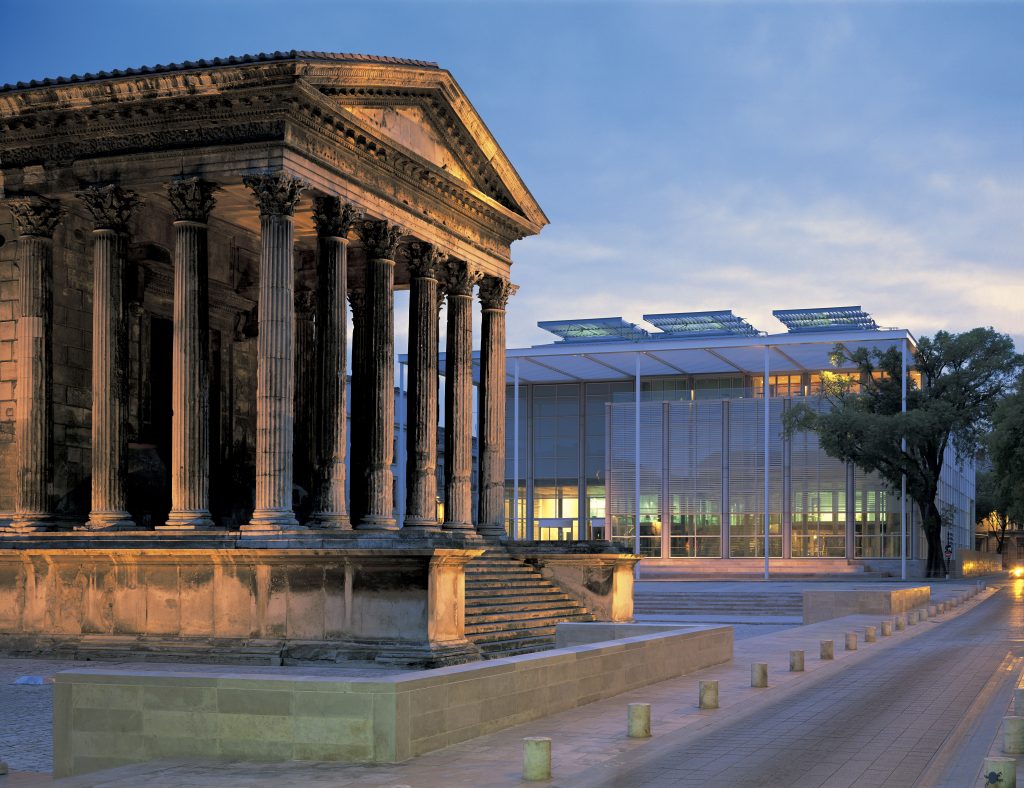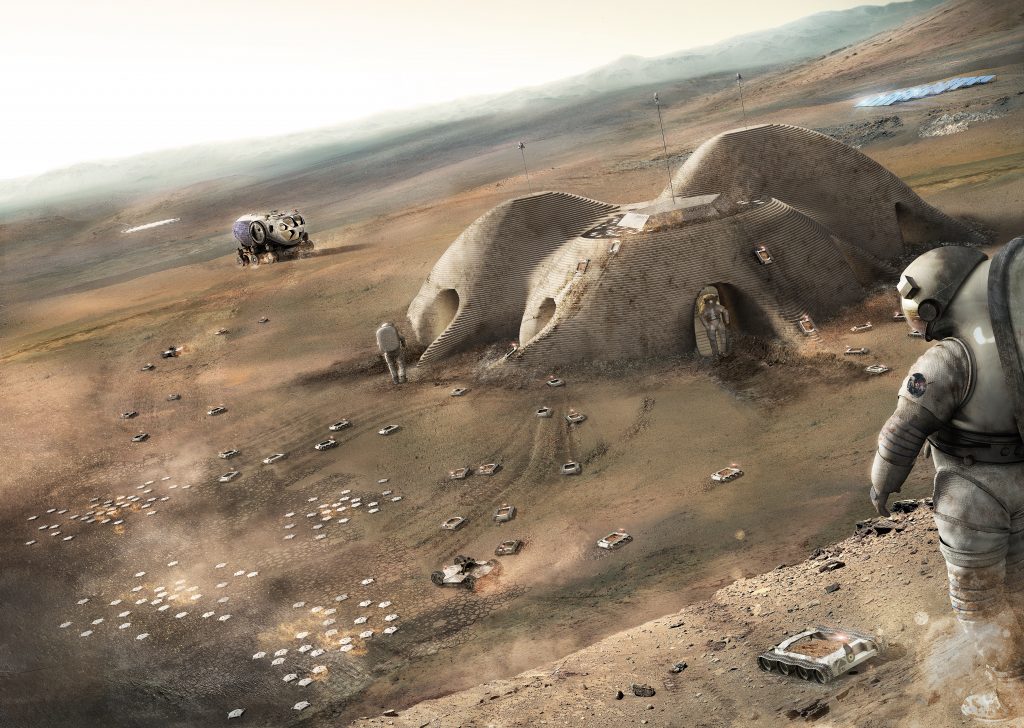From the earth to the moon
Spread over 2200m2, the Norman Foster exhibition at the Centre Pompidou, the largest dedicated to a living architect, presents, in 130 projects, the plethoric work of a master of urban planning developed over six decades. Present in 70 countries, having received more than 300 awards, at the head of an agency of 1,500 people, including the greatest engineers of high-tech, the immense architect deserves this “futurepective” highlighting, from the Millau viaduct to his projects of habitats on the moon, through his transparent airports, his most innovative projects.

At the heart of all his designs, which combine industry, technology, and nature, ecology is at the origin of many innovative projects. The environmental issue, and more specifically the integration of buildings into the landscape, appeared from the very beginning of his work and seems to have found its fulfillment in Apple Park, a large circular building stretching over a 71-hectare park and housing 12,000 employees, whose roofs are entirely covered with photovoltaic panels to ensure energy autonomy, while canopies filter natural light. Here, as in many other projects (the IBM offices open to nature, the Carré d’art in Nîmes reflecting the ancient theater, the Ombrière in the old port of Marseille…), the boundaries between interior and exterior are blurred.

Heir to the thinking of Le Corbusier (gathering to free up space on the ground), Foster considers architecture as an entity (integrating systems with structures), both as a fixed point and as an entry into the landscape. From open spaces to sky domes, glass roofs and other translucent membranes, light penetration appears as the other fundamental element of his architectural grammar. Evident from the inside, the Hong Kong, and Shanghai Bank (1979-1986) articulated around a giant atrium and an immense exoskeleton will thus completely revolutionize the typology of the great towers.

Designed according to the same notion of “skin and bones” (derived from Mies van der Rohe), taking the structure outside in order to create an open envelope, interacting with the outside, the glass and steel dome designed in 1999 to crown the Reichstag, just like that of the Great Court of the British Museum (1994-2000), aims to “maximize the presence of light” but also, in the case of the Reichstag, to integrate advanced technologies that allow for the natural ventilation of the structure and save energy. A constant preoccupation present even in the projects of habitats on the moon (2012-2015) using regolith (the lunar soil) and reproducing the alveolar structure of the bone to create an insulating dome protecting the potential habitats from cosmic radiation, the tenuousness of the atmosphere, and strong temperature fluctuations…
« Norman Foster »
Until August 7
Center Pompidou
centrepompidou.fr
Stéphanie Dulout
